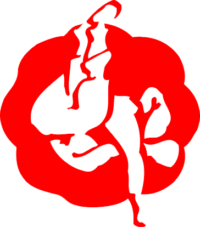Judo Katas
Itsutsu-no-Kata
(The Five Forms) By Noboru Saito
Itsutsu no Kata was included as part of Kodokan Kata in 1887 by Dr. Jigoro Kano. Dr. Kano studied at the Tenjin Shinyoryu Jujitsu School, first under Hachinosuke Fukuda, under M. Iso and also Keitaro Inoue for eight to nine years before he established Kodokan Judo. Dr. Kano learned Itsutsu no Kata from Tenjin Shinyoryu Jujitsu School. This kata was taught as “Okuden” (last skill to be taught) and by individual instruction by the master of the school. According to the record of Tenjin Shinyoryu Jijitsu School, the names of the techniques are as follows:
- Oshikaeshi (Continuous Pushing)
- Eige (Draw Drop)
- Tomowakare (Separation)
- Roin (Pulling Tide)
- Settsuka no wakare (Instant Separation)
Dr. Kano recognized that the Itsutsu no Kata demonstrated the principle of Maximum Efficiency, yet the graceful movements were evocative of the movements of the universe. Dr. Kano kept this kata as a part of Judo. Dr. Kano was thinking to rename the techniques but he died before giving them a name. Therefore the five forms in Itsutsu no Kata are identified only by number. The way Kodokan performs this kata is slightly different from Tenjin Shinyoru School.
- Ippon me: Demonstrates the principle that rationalized, continuous attack will bring defeat, even against a strong power
- Nihon me: Demonstrates the principle of using the energy of opponent’s attack to defeat them
- Sanbon me: Demonstrates the principle of the whirlpool, wherein the inner circle controls the outer circle
- Yonhon me: Demonstrates the power of ocean’s tide: the tide will draw everything on the shore into the ocean, no matter how large
- Gohon me:Demonstrates the principle of yielding: when unlimited energies collide with each other, one yields to avoid destroying both.
